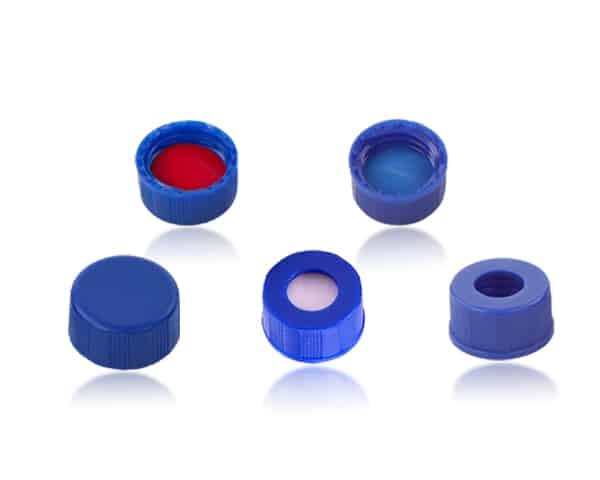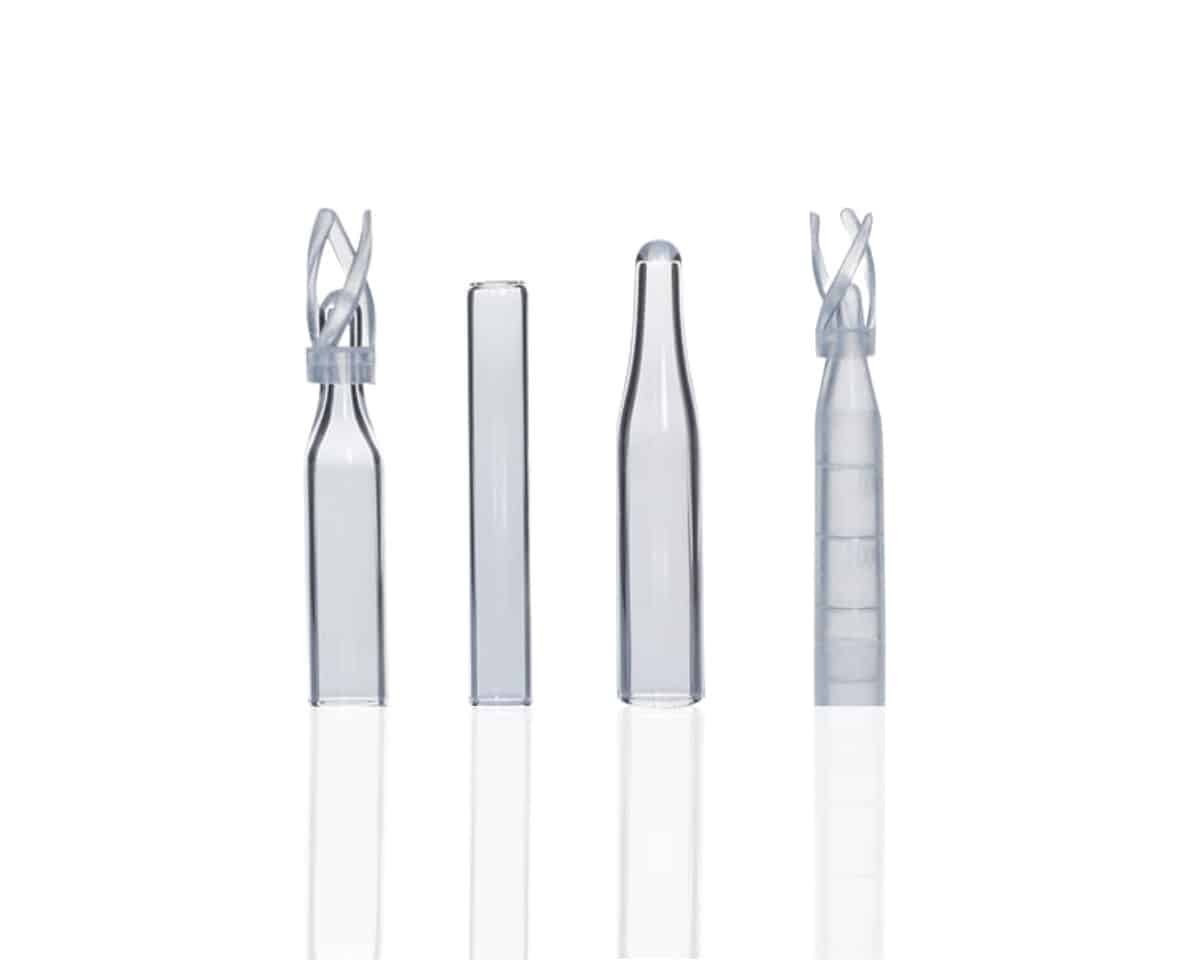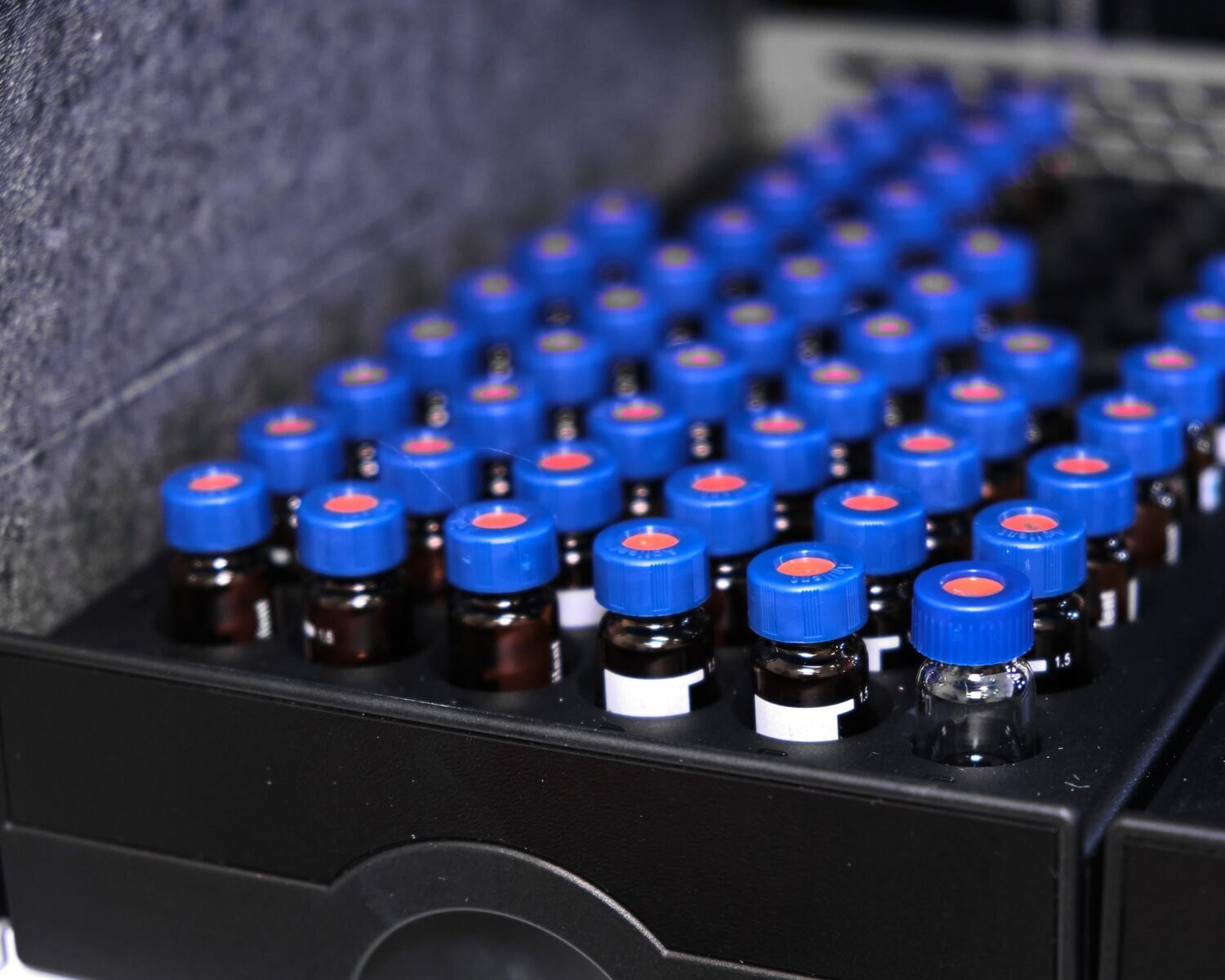Whenever you do experiments, you will encounter the problem of ghost peaks, because it will affect the final results of the experiment, of course, ghost peaks are influenced by a wide range of factors, today we would like to focus on this aspect of the problem, I hope it will be useful for you.
What are ghost peaks?
Ghost peaks are a problem that can ruin the validity of your chromatography run since they can appear alongside other peaks and may not even get noticed. As the name suggests, they appear where they should not be, overlapping the actual peaks from the sample you are analyzing.
There are three types of ghost peaks. Some may be easy to spot if they appear at less prominent parts of the chromatogram, but that shouldn’t be an excuse to not check the cause of the problem.
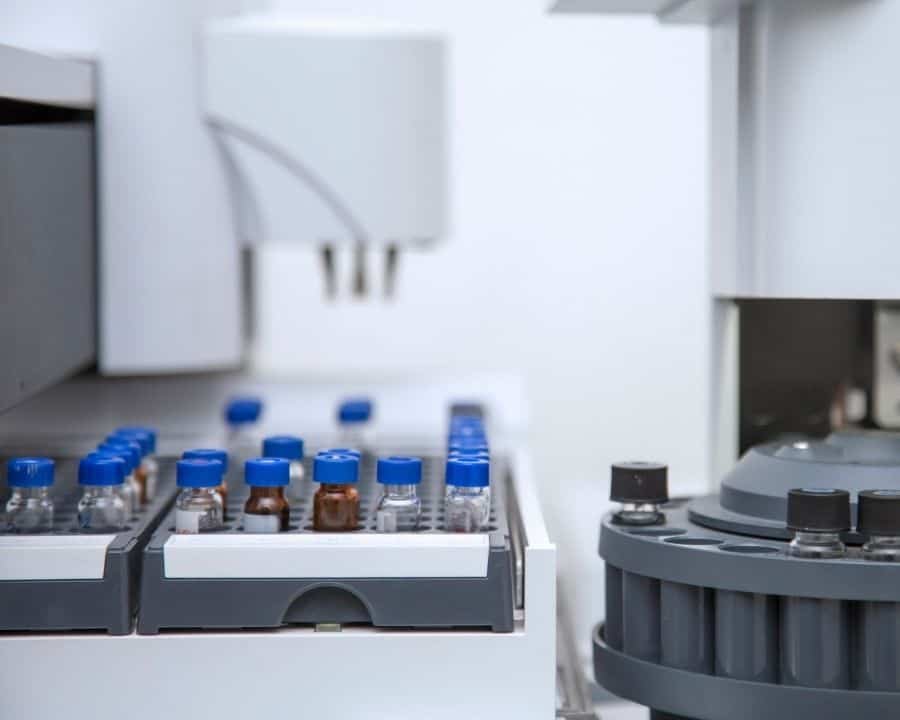
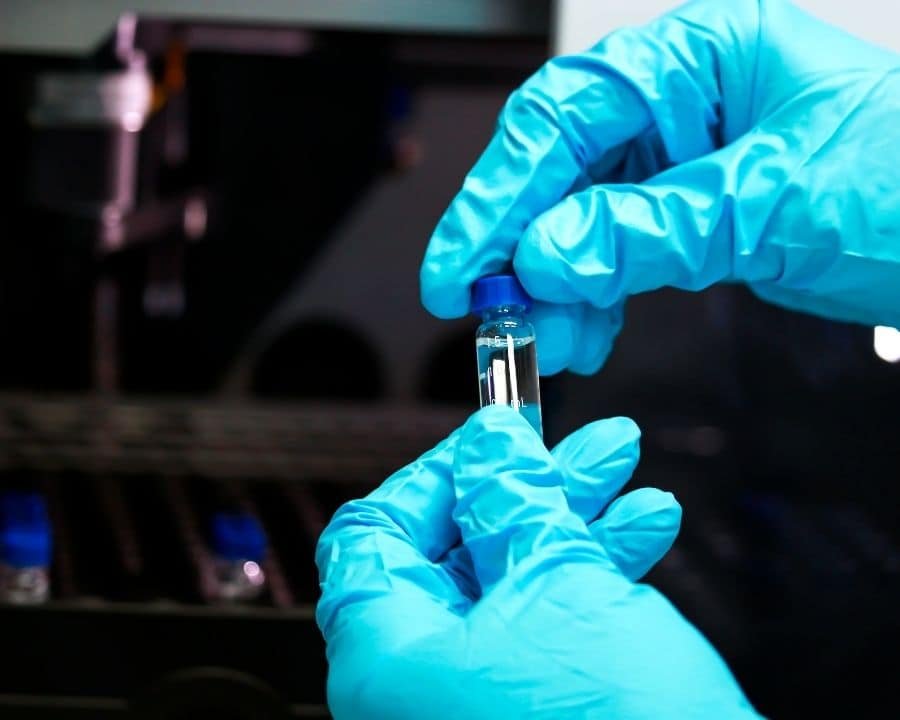
What causes ghost peaks?
Ghost peak in the chromatogram can occur because of the chromatograph itself, or impurities in either the sample or the mobile phase. It can also be a combination or even all of those at the same time.
Sample-caused ghost peaks
If the compound that you are analyzing as well as the contaminant have the same wavelengths of absorption, then it will result in a ghost peak.
Another reason might be chemical changes to the sample due to temperature change. On the other hand, oxygen that just dissolves may also cause ghost peaks.
This is the easiest ghost peak problem to resolve since it only concerns the sample which can immediately be replaced or the contaminant of which can be filtered.
Mobile phase-caused ghost peaks
The mobile phase reagent may be contaminated, but organic substances may also seem to come out of the mobile itself if not replaced frequently, or due to the organic substances from the air dissolving into the mobile phase.
The contaminants will not only cause ghost peaks but may also contaminate the tubing and equipment as well.
This is the most difficult to address since it is not easy to pinpoint that the ghost peak came from the mobile phase, and you cannot change the method at once too.
Instrument-caused ghost peaks
One may not notice with the naked eye but just minuscule amounts of contaminants from the needle of the injector or sampler can cause huge problems.
The amount of care needed to prevent this is equivalent to the proper handling of microbe cultures: avoiding contamination between contacts and ensuring that materials are clean.
Adsorbed compounds from a previous sample may get transferred to the next analysis, even when using blanks for consecutive times, thereby showing carryover by contact.
What are contaminant sources in HPLC?


While other samples can be the source of contamination that causes ghost peaks in HPLC, there are components of a sample that can cause the ghost peaks to appear.
Merck has created a nifty document that outlines proper ways to prepare your sample and deal with contaminants such as precipitates, metabolites, detergents, salts, buffers, and counterions. The document can be viewed here.
How can I tell whether there is a ghost peak?
You can only pinpoint a ghost peak immediately if it does not appear during the blank run, and if it does not have the same absorption wavelength as the sample.
Moreover, knowing whether there is a ghost peak is different from knowing where it came from. It can be tricky to check the source of the ghost peak itself which could be a plethora of reasons such as carryover, and phthalates floating around your lab.
Restek provides three examples of ghost peaks in a blank chromatogram which you can read here.
How do I get rid of ghost peaks?
Since ghost peaks may be caused by samples, the mobile phase, or the instrument, solutions can also be grouped accordingly but these should not stop you from just taking all the precautions to solve them all at once rather than playing whack-a-mole to see if the problem gets resolved.
Sample-caused ghost peaks
If ghost peaks are caused by samples, then the solution is simple: remove the impurities from the sample through the use of filters.
If however there is no impurity, the reason might be a chemical change in the sample if it is temperature sensitive, wherein the solution is a feature dedicated to cooling the vial.
The other culprit may simply be just oxygen that is dissolved in the sample, which can be displaced if an inert gas such as helium will be dissolved in the sample.
Mobile phase-caused ghost peaks
The best way to avoid ghost peaks is to use a fresh mobile phase rather than topping off the remaining one.
If that is not possible, a UV light sterilizer or antibacterial agents may be used.
This can also be solved through the use of a ghost column, or inline filter membranes to trap the impurities.
Instrument-caused ghost peaks
Since the problem is being caused by the adsorption of a previous sample to the needle, it can be solved by using a needle wash.
In case the problem is still not solved, the tubings and instrument must be cleaned which is also a part of equipment maintenance work.
What is a true ghost peak?
A ghost peak is said to be “true” if it is seen during the blank run, which means it is due to the equipment.
It is probably caused by column shedding.
What is column shedding?
Column shedding is a whole new thing from the usual causes of ghost peaks, that can either produce a ghost peak or a different peak shape.
The problem is not contamination itself but rather the disintegration of some materials, thereby creating large particle physical contaminants in the sample which can also clog column filters.
This highlights the need for quality materials rather than improvement with methodology.
What are other names for ghost peaks?
Ghost peaks are also known as artifact peaks, eigenpeaks, induced peaks, pseudo peaks, spurious peaks, system peaks, or vacancy peaks.
What is blank in HPLC?
A blank in HPLC serves as the control for your observations. It is the control wherein you only perform chromatography with the solvent or the mobile phase.
After performing a blank run, you should be able to know whether there is a contaminant from elsewhere other than the sample. To pinpoint the actual source is another thing.
Conclusion
Ghost peaks are tricky and prevention is really better than cure.
They can be resolved albeit time-consuming, but it is better to regularly check for problems rather than waiting for the lab ghost to speak (pun intended).
Samples should be handled properly to avoid degradation, and we have several options for all of your needs.
Our cost-effective HPLC vials are compatible and comparable with top equipment and supplies brands in the market.
Get a sample unit of our quality vials to check what works best for your lab by sending us a message.




